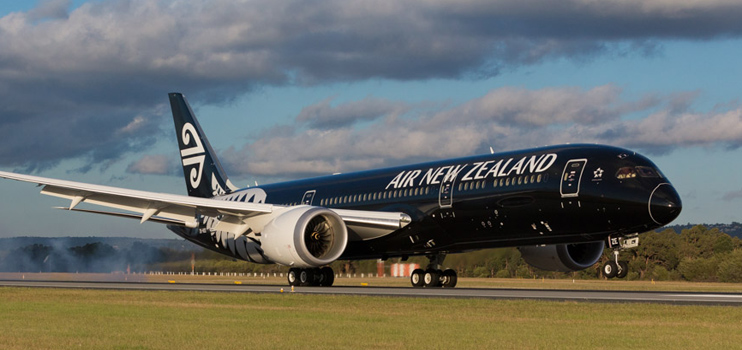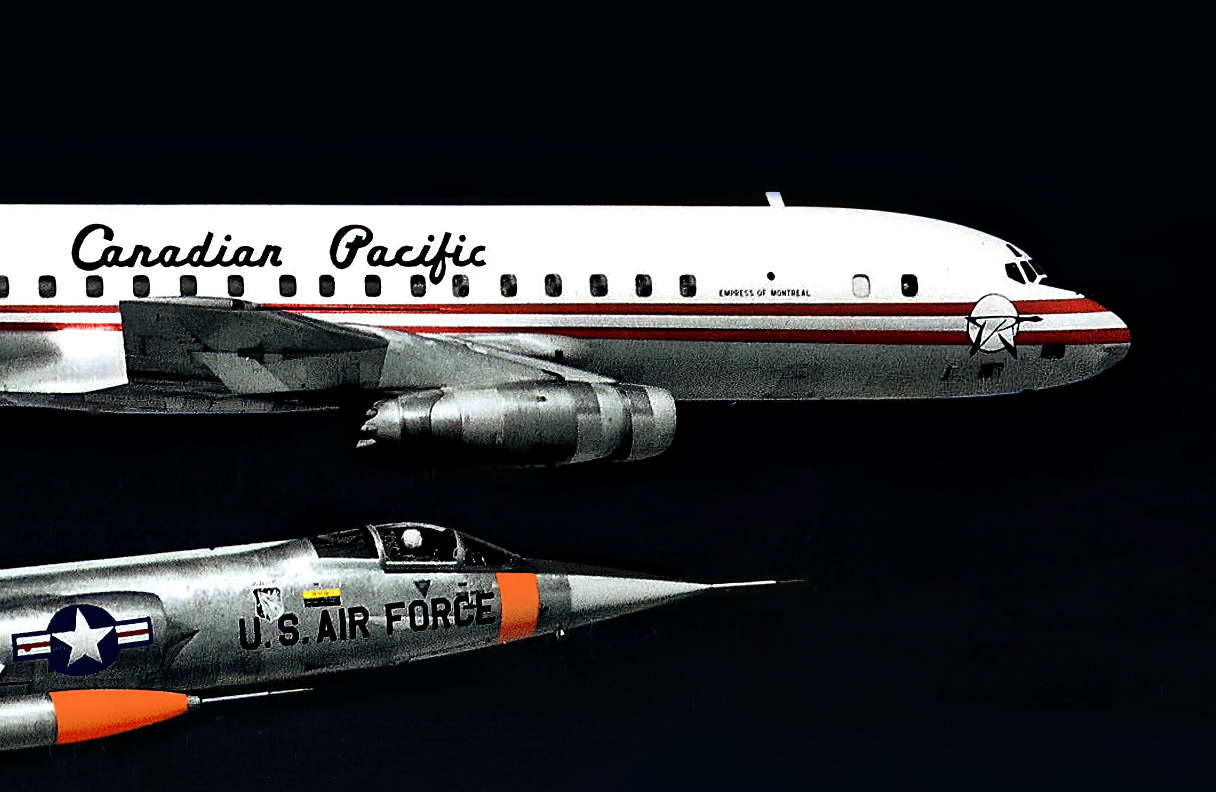Air New Zealand cuts profit guidance, capacity growth
30 January, 2019
4 min read


Softer travel demand and the continuing impact of Rolls-Royce engine issues have prompted Air New Zealand to cut its 2019 profit guidance, reduce planned capacity growth and review its fleet plans.
The Kiwi carrier Wednesday slashed its pre-tax underlying earnings guidance from between $NZ425m and $NZ525m to $NZ340m to $400m.
The lower figure included an estimated $NZ30-$NZ40m impact of schedule changes prompted by the global Rolls-Royce engine issue that was not included in the earlier guidance.
The airline said including the cost of the Rolls problems would have equated to pre-tax earnings of $NZ385m to $NZ495m in its original guidance.
Air New Zealand has had to ground aircraft and lease replacements as a result of the issues with Trent 1000 Package C engines.
Airlines globally have also been affected by restrictions on the engines because of problems with compressor blades.
Rolls-Royce has been working on a fix but acknowledges it will take time to roll out once it is certified.
READ Trent troubles to cost Rolls_Royce at least £1 billion over three years.
However, the primary driver behind the revised guidance was an updated revenue forecast, based on recent forward booking trends, that showed slower growth than previously anticipated.
The airline still expects revenue to increase but at a slower rate as it sees slower growth in markets such as domestic leisure travel as well as softening inbound tourism traffic.
It noted the slower revenue growth has been partially offset by fuel prices that were lower than initially expected, although its fuel bill was still forecast to be $NZ180m higher (including hedging) than last year.
The carrier is now assuming fuel the average jet fuel price for the remainder of the financial year will be $US75 per barrel. This would bring the average fuel price for the full year to $US81 per barrel, compared to $US85 per barrel in its prevous forecast.
As a result of the slowdown, the company is making schedule adjustments that will reduce the rate of capacity growth to about 4 percent for the full year. This is at the low end of its original capacity guidance of 4 to 6 percent.
“We are concerned with our latest outlook which reflects the softer revenue growth that we are seeing in the second half of the year,’’ chief executive Christopher Luxon said.
“Therefore we have commenced a review of our network, fleet and cost base to ensure the business is on a strong footing going forward.’’
Luxon told staff in a memo he would personally lead a small team undertaking the review and said he would reveal more details at the interim results announcement on February 28.
While it was clear "some tough decisions" would be required in the coming months, he assured staff the business was still in good shape.
He said the airline would continue to grow "just not at the same rate we have over the past few years".
"Despite today’s disappointing news, I do want to be clear that our business is fundamentally strong and thriving and remains the envy of airlines globally,'' he said.
"Today we fly 17 million customers annually. We have delivered profits in excess of $NZ2 billion over the past decade, we have paid more than $NZ1.7 billion in dividends (including approximately $1 billion to the Government) and more than $750 million in NZ government taxes."
There was welcome news for investors in that the airline is still anticipated declaring an interim dividend of NZ11 cents per share.
Operating statistics released Wednesday showed group passenger numbers in December were 4.5 percent ahead of the same month in 2017.
However, traffic growth in revenue passenger kilometres of 6.8 percent was only marginally ahead of capacity growth and the group load factor rose just 0.1 percentage points.
Get the latest news and updates straight to your inbox
No spam, no hassle, no fuss, just airline news direct to you.
By joining our newsletter, you agree to our Privacy Policy
Find us on social media
Comments
No comments yet, be the first to write one.

